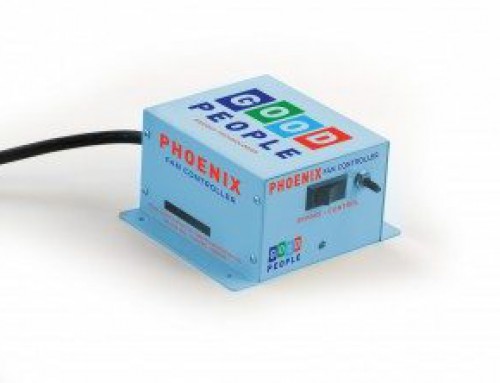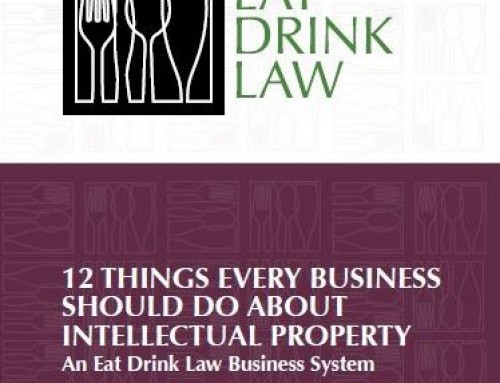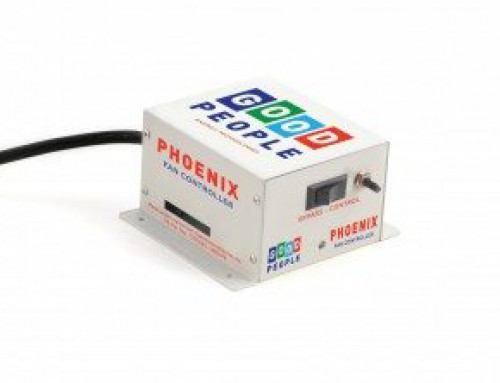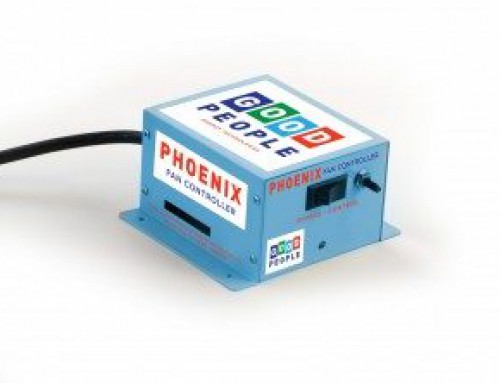So, I am probably the last science geek, foodee reader in the U.S. to read The Omnivore’s Dilemma. It got great press when it was published in 2006, including being one of the New York Times 10 Best Books of the Year. The book didn’t disappoint. It was a great read. Michael Pollan’s storytelling and descriptions of the people and places on his journey from farm to table were vivid, engaging, and fun. Most of all, the book is incredibly thought provoking. It was a somewhat slow read for me just because I would find myself lost in contemplation about the food I eat, where it comes from, what it means to me, and whether I should make some changes in what and how my family eats.
Clearly, Michael Pollan has an opinion about the industrial food chain and I can imagine some people having a very negative reaction to his depictions of large scale corn farming, Concentrated Animal Feeding Operations (CAFOs), and even industrialized organic farming. The book’s ideological thrust is the contrast between the industrial food model and Joel Salatin’s Polyface Farm, an innovative farm on the extreme edge of sustainability and the local food movements. But Pollan is journalistic in his writing and offers multiple perspectives, readily acknowledging the challenges with scaling more sustainable methods, while supporting the reality of modern life and populations.
One of the things I found interesting in the book, even if supported through observation rather than statistical data, was about who actually buys alternative foods. One of the arguments against organic and sustainably grown or distributed foods is that they are more expensive and, therefore, elitist. The author’s observation of who bought from Joel Salatin was that it was a wide cross-section and as much “Chevy as Volvo”. People assume that only the wealthy can afford Great Food (which comes in many forms, including those focused on sustainable and humane farming). But in the U.S., the vast majority of people have discretionary spending that they allocate to the things they care about, whether it is entertainment, sports, education, travel, or anything else. The idea that only wealthy people buy premium products is a myth. People are willing and even happy to spend more on the things that are important to them, and reflect things they value more than money. For many people, that is food, regardless of their economic status. Yes, there is a point of destitution where people have little choice, but that is a very small segment of the U.S. population. If Great Food is expensive, so be it. The important thing is choice.
In the end, what I liked most about the book is that it is thought provoking without being preachy. The author doesn’t tell you how you should eat. He merely raises the question of thoughtful eating through a personal journey into the subject. His conclusion is that it is impractical for us to give up on industrial food in its entirety, but that the entire food system would get a lot better if people were conscious of the choices they are making and called for transparency from the system that feeds them. I find little to disagree with in that point. Give people a choice, just make sure that they have the option to make an informed choice. It is difficult in a distracted and information saturated world, but it seems like the things we eat and their implications for our health, environment, relationship with other living things, and, yes, enjoyment, make it worth the effort. All food comes with costs unrelated to the price tag, to the plants, animals, people, and systems that provide for us. So, whatever food choices you make and whatever your belief system, you should honor that.
My plan is to continue to favor local and organic when they are practical and available, but to readily acknowledge that there are many other factors in our food choices. I’m not ready to give up the occasional meal from McDonalds.








Leave A Comment